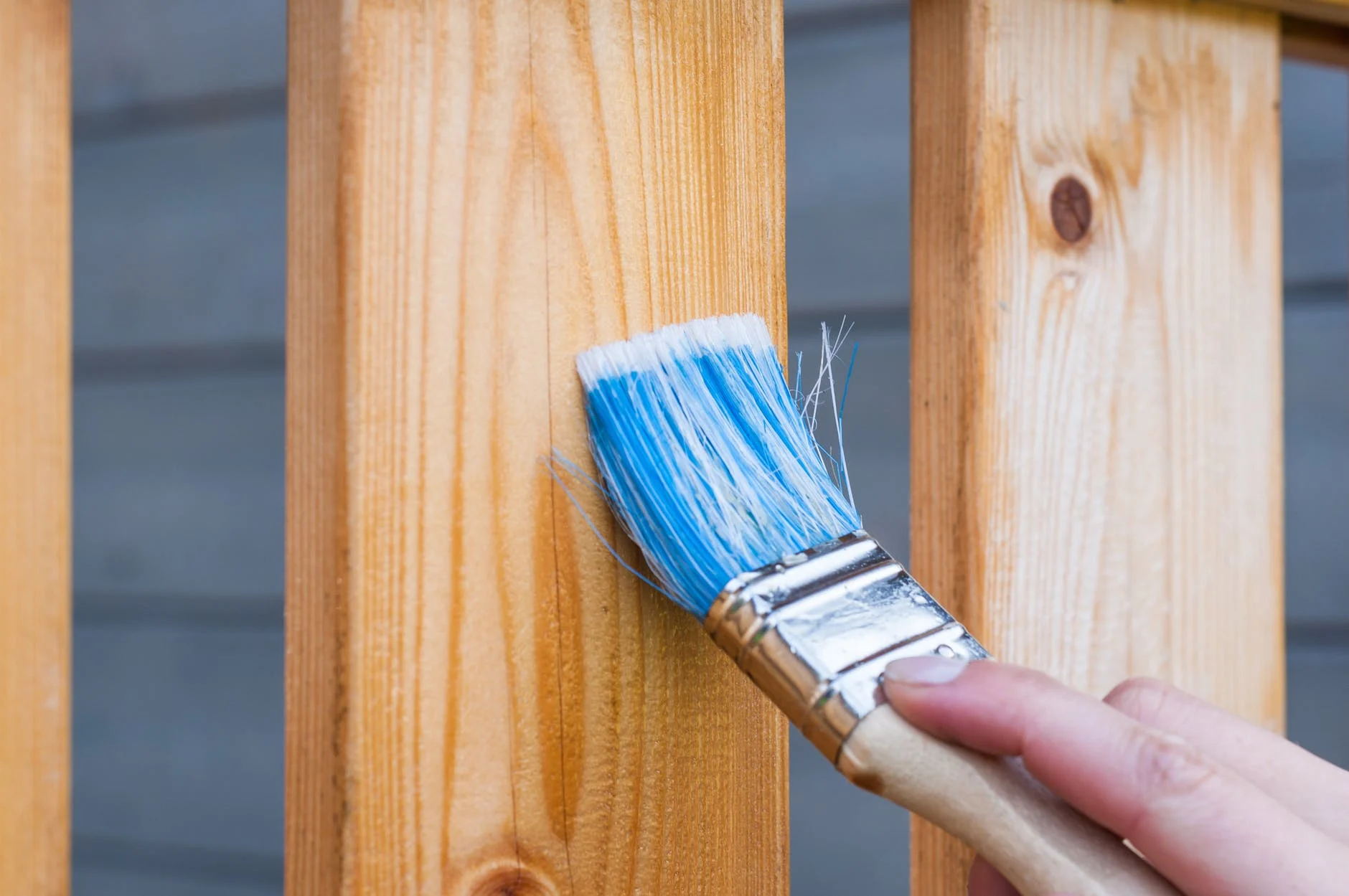A concrete slab floor is a level surface designed to support people walking and moving equipment as well as supporting vehicles and machines with their loads.
Follow a professional construction process that ensures proper placement of reinforcing bars, concrete cover and other structural requirements to ensure long-term durability of the slab.
Hardness
Concrete house slabs Melbourne floors tend to be hard underfoot, which may make life uncomfortable for people living with young children or senior adults in their home. Area rugs may help alleviate this discomfort.
Contractors can test the hardness of concrete using either a rebound hammer or Moh’s scratch test. The latter method involves scratching an area on its surface to determine its relative hardness on a scale of nine-to-1.
A concrete mix’s hardness and density depend on its aggregate. Aggregates are composed of small particles of rock and sand mixed in with concrete to increase strength while decreasing cracking.
Hardening concrete floors is achievable using chemical densifiers which fill pores and increase surface hardness. There are numerous manufacturers offering hardeners which can be applied directly onto both new or old concrete surfaces.
Moisture
Concrete can be intolerant when it comes to moisture. A small amount is acceptable, but too much moisture can create serious issues with floorings and cause significant issues.
Moisture issues may stem from existing water sources such as leaky basements or groundwater seepage. They also can result from improper slab construction practices that prevent concrete from drying naturally over time.
There are various methods available to speed up the drying process, but many can have adverse outcomes and be misleading. Using self-desiccants and decreasing water-to-cement ratio can significantly accelerate drying, while mechanical processes like troweling or surface curing compounds may block moisture release pathways and cause problems for curing compounds.
Installers and other trade specialists must understand the moisture level in a concrete slab prior to beginning any work on it. Most product manufacturers recommend starting with 5.5% moisture content and 75% relative humidity as an ideal point of equilibrium; however, actual conditions will differ greatly from project to project.
Durability
A concrete slab floor must distribute load uniformly without deformation, either from above, for ground bearing slabs, or below in suspended concrete floors. Furthermore, these floors carry structural loads from weaker sub-grade layers or piles onto weaker subgrade soil or piles for ground slabs or to the building frame for framed structures.
Floor slabs generally only resist forces transverse to their plane, so their construction must be carefully managed to ensure it can withstand its intended lifespan. Erection of formwork, compaction of the slab bed, placement of reinforcement bars, pouring and compacting concrete as per design plans and finally removal of formwork should all take place according to design plans.
Concrete slabs offer high thermal mass, making them beneficial in most climates for reducing energy use and increasing comfort. However, for optimal thermal performance in all climates this should be combined with passive design principles to achieve proper thermal performance. Make sure a slab is properly insulated in cold climates while natural ventilation ensures any stored heat dissipates into the environment.
Maintenance
Concrete slab floors may not be at the top of your mind when designing a home, but they play an essential role. Connected to walls, beams, foundations and supporting loads as well as providing a surface suitable for carpet, hardwood and tile flooring options, these concrete floors serve a vital function.
Concrete floor slabs must be regularly maintained to keep them free from cracks and chips and ready for floor covering. Implementing an ongoing maintenance schedule from the outset of construction will make this easier and cost-efficient.
Regular cleaning should include sweeping, vacuuming and mopping with warm water and neutral-ph cleaner. Concrete polishing processes may also be undertaken but these require professional advice and equipment.



